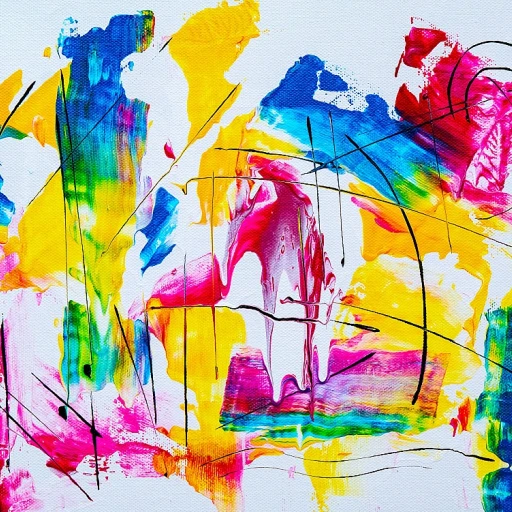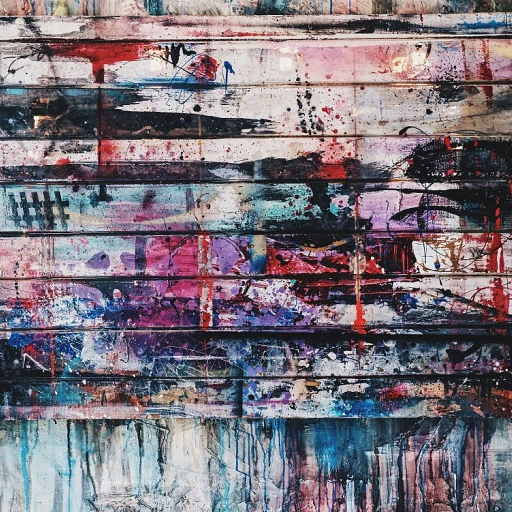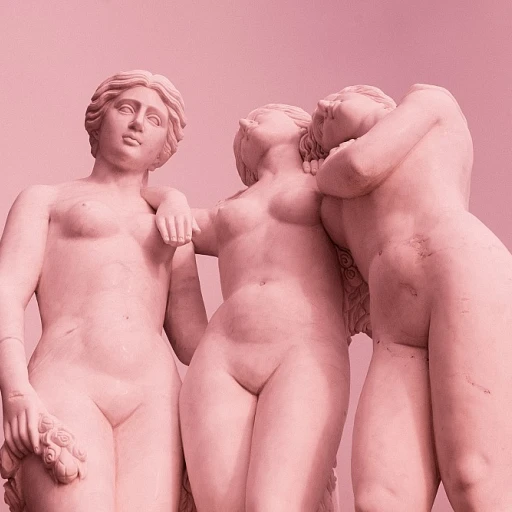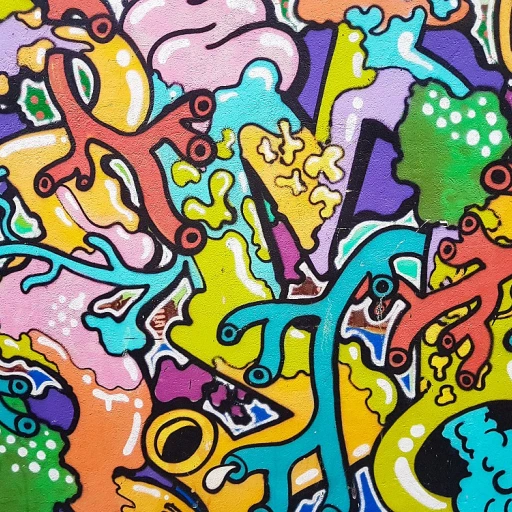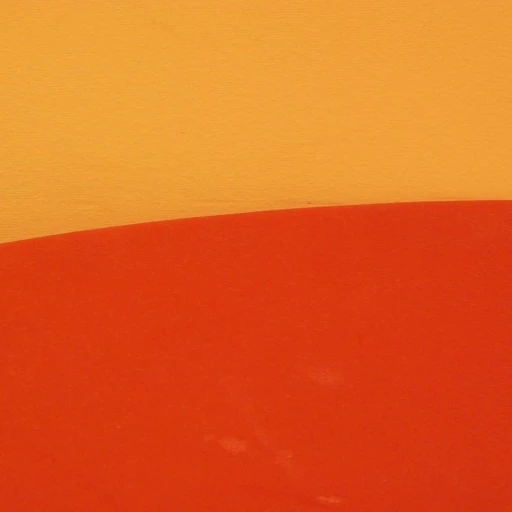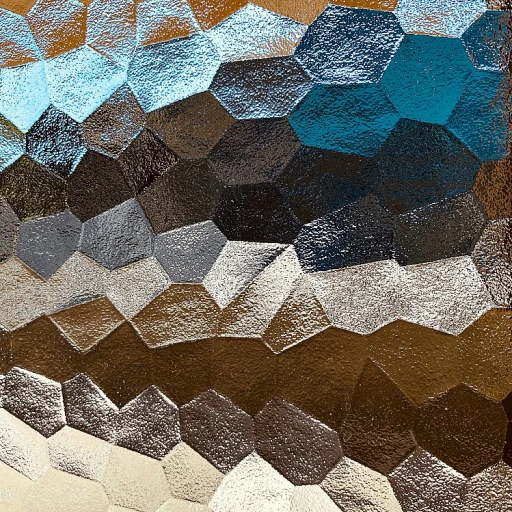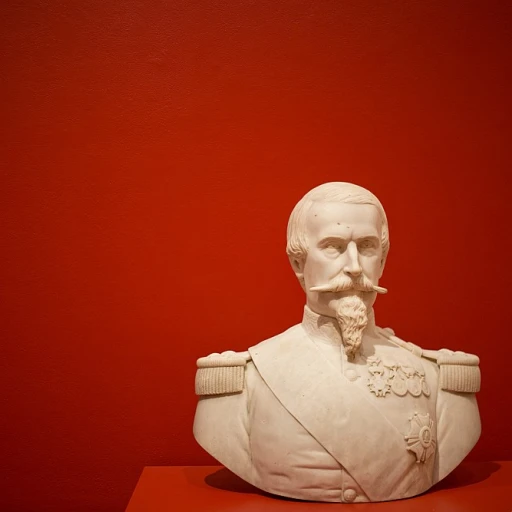The Origins of Elephant Artistry
The Birth of an Unexpected Artistic Expression
The origins of elephant artistry trace back to intriguing encounters between humans and these majestic creatures. Elephants have always held a special place in art and culture, symbolizing strength and wisdom. However, it was not until the late 20th century that we began to witness elephants as creators of art themselves. This novel idea blossomed into a unique form of expression, capturing the curiosity of wildlife and art enthusiasts alike.
Elephant artworks often fall under the umbrella of wildlife art, offering both a representation of exoticism and conservation efforts. The initial foray into this artistic domain was part of broader conservation activities, as researchers and trainers worked closely with elephants to explore their cognitive capabilities.
Interestingly, the process of elephants creating paintings is not entirely dissimilar to that of traditional artists. For an animal as intelligent as the African elephant, the potential for abstract art is vast. Trainers aid these young elephants by guiding them, while allowing space for creative freedom. Consequently, these paintings are often colorful, original, and anything but regular. Such creations showcase the unexpected capabilities these creatures possess, further enhancing their allure in the artistic world.
As the collection of elephant paintings grew, so did their stature in the art world. The unit price for these paintings started to rise, driven by their rarity and the nuanced understanding of elephants' role in art. The market began to see these artworks not just as novelties, but as profound expressions worthy of attention and, indeed, investment. As we delve deeper into how these paintings are created and their impact on the art world, you will encounter a rich tapestry that combines animal intelligence with human-guided artistry.
The Artistry Behind Elephant Paintings
Blending Instinct and Creativity
Delving into the artistry of elephant paintings unveils an unusual yet captivating process, where the instinctual dance of an elephant's trunk becomes the very brushstroke of art. The act of creating these majestic paintings is a harmonious blend of nature and creativity. It offers art aficionados a unique glimpse into the natural world's potential for artistic expression. Primarily, elephants are guided with minimal cues, allowing their innate curiosity and movement to dictate the outcome on the canvas. This produces an authentic and unpredictable flow of abstract and colorful patterns that enthrall collectors. These pieces often highlight the raw and organic connection between the beast and the brush, resulting in original works that are remarkable on both aesthetic and conceptual levels. Each creation is distinct and echoes the wildlife art narrative. Elephant artists, occasionally using non-toxic and animal-safe paints, contribute to an evolving collection that captivates enthusiasts and connoisseurs alike. Unlike regular paintings, these canvases emerge from a process less regular, offering a fresh and spontaneous touch—a rarity in today’s art market. Understanding the creative journey of these majestic animals fills a space in the art world, where appreciation extends beyond the visual. Reading the subtle cues embedded in each elephant painting invites us to explore the wonders of wildlife expressionism. Those intrigued by this natural form of artwork can dive deeper into the revival of unique artistic endeavors by modern patrons shaping the next wave of artistic genius. This integration of wildlife and creativity questions the conventional constructs of artistic creation—the vibrant strokes of an elephant artist personifying a distinctive narrative of instinctual art.The Market for Elephant-Created Art
From the Jungle to the Gallery: The Appeal of Elephant Art in the Market
Elephant-created artworks have been captivating audiences with their raw representation and unconventional origin. Combining the majesty of wildlife art with the abstraction often seen within modern collections, these pieces bring a unique conversation piece to any gallery or private collection. The price of elephant art can vary significantly based on several factors such as the fame of the elephant artist, the complexity and size of the painting, and the originality of the piece. It's important to note that not all elephant paintings hold an equivalent market value. Much like traditional art markets, animals like the African elephant that have contributed extensively to the scene can add an element of exclusivity, often leading to higher prices. For instance, an original elephant painting could demand a premium price in settings where wildlife art is highly regarded. Collectors and art enthusiasts can often find elephant paintings available for sale through specialized galleries or wildlife centers. These platforms frequently allow art lovers to add such works to their cart, often showcasing them at various price points. The engaging regular price of elephant painting is accessible to a broad audience, while limited edition units or unique colored ones can command a higher sale price. The notion of adding such a piece to a collection brings not only artistic merit but also a lively talking point that exemplifies the intersection of nature and artistry. However, despite its captivating charm, prospective buyers must exercise due diligence to ensure they are contributing to ethical practices surrounding wildlife art. As interest in these paintings continues to rise, understanding the balance between demand and ethical considerations becomes pivotal. In walking this path, the allure of elephant art paves the way for a broader appreciation while simultaneously urging enthusiasts to engage responsibly.Ethical Considerations in Elephant Art
Considerations in the Ethical Sphere of Elephant Artistry
The rise of elephant-created art has sparked a unique dialogue within the realm of ethical artistry. As enthusiasts immerse themselves in the vibrant and abstract nature of these elephant paintings, it's crucial to address the ethical aspects that come along with the appeal of wildlife art. For those who add elephant art to their collection, understanding the creative processes behind these artworks is paramount. Do these paintings truly reflect the innate abilities of the elephants, or are they a novelty born from human interference? It's a question that art lovers who explore the intricacies of elephant art often find themselves pondering.- Animal Welfare: The core of ethical considerations revolves around the welfare of these majestic animals. Ensuring that the elephants are not coerced or subjected to stressful conditions during the art creation process is vital. The painting sessions should align with natural behaviors, promoting enrichment and allowing the animals to express themselves artistically without compulsion.
- Transparency: Collectors should seek transparency from sellers about the conditions in which the elephants live and create. Information about the living environment and whether the elephants are raised ethically contribute significantly to understanding the true value and ethics of the elephant paintings added to your cart.
- Authenticity: As with any wildlife art, the authenticity of the work is another key consideration. Ensuring that the elephant paintings are original and not merely reproductions can enhance both the unit price and the unique value of the artwork.

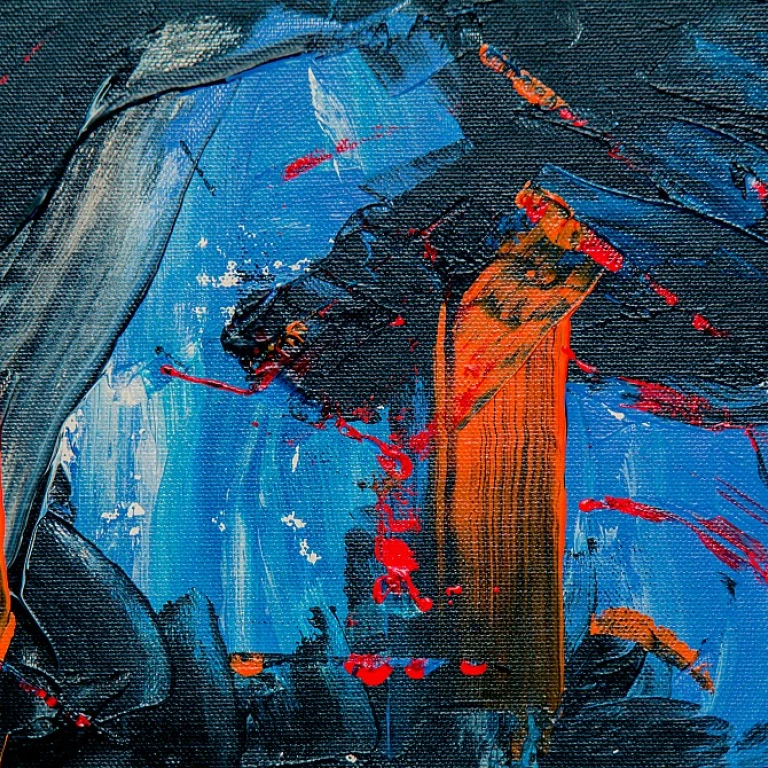
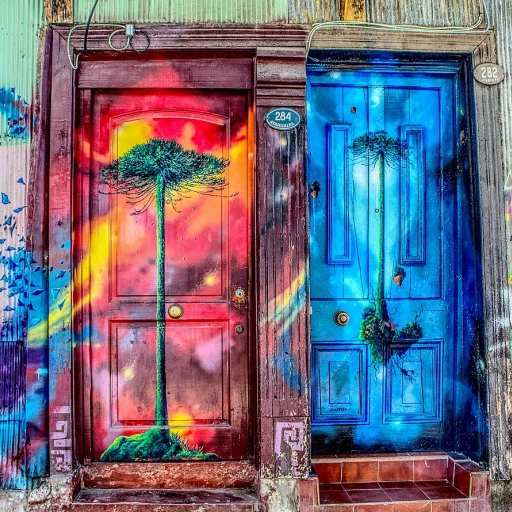
-teaser.webp)
